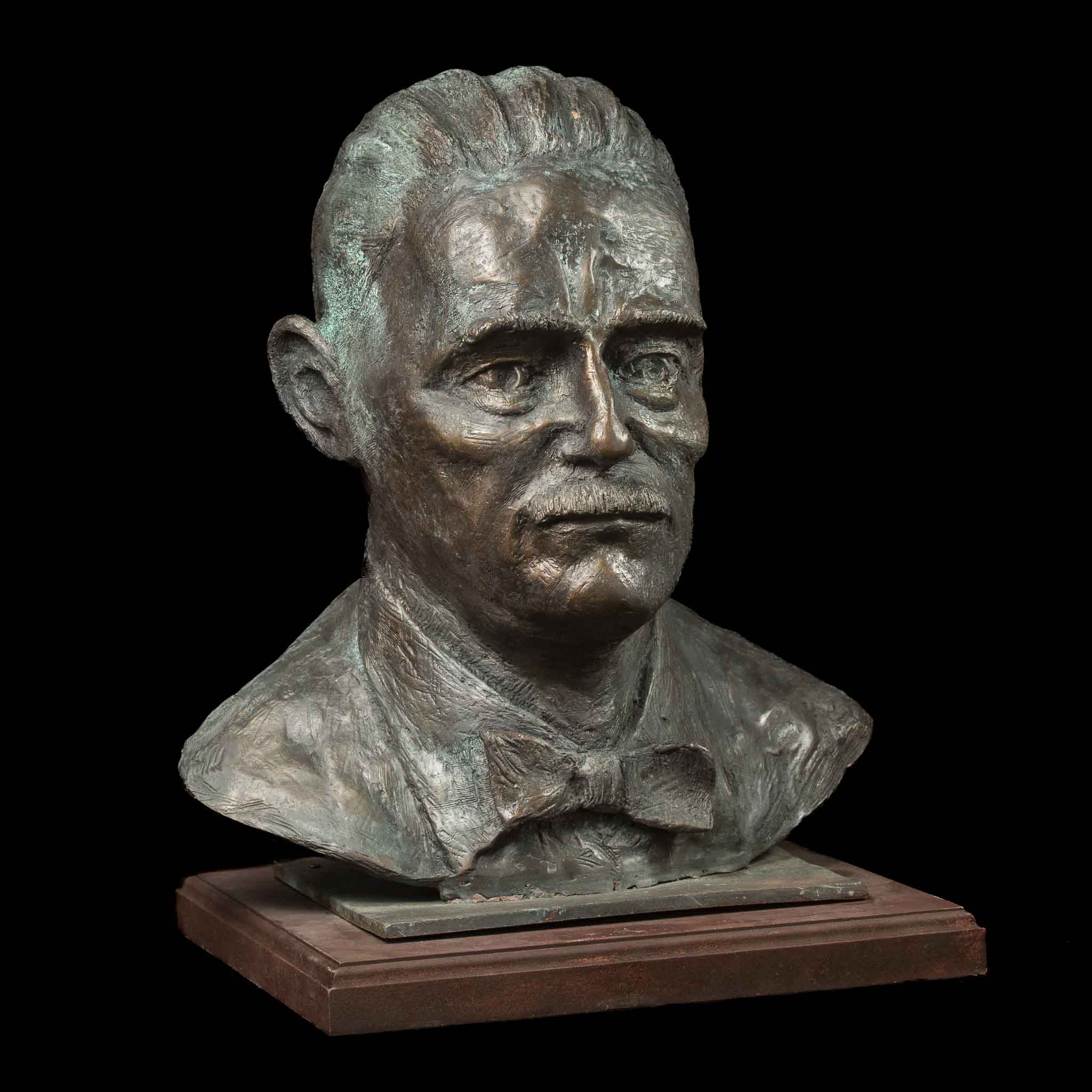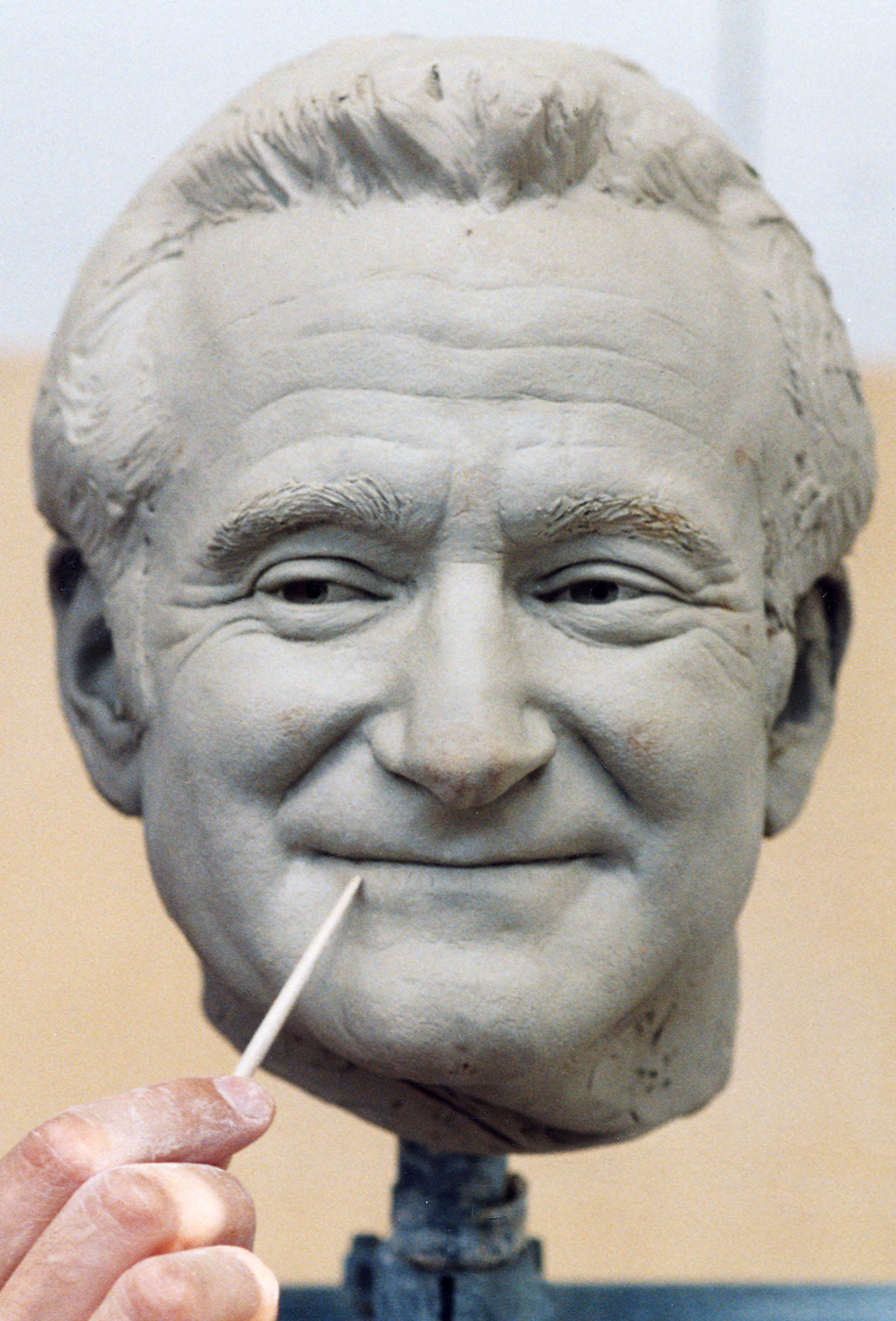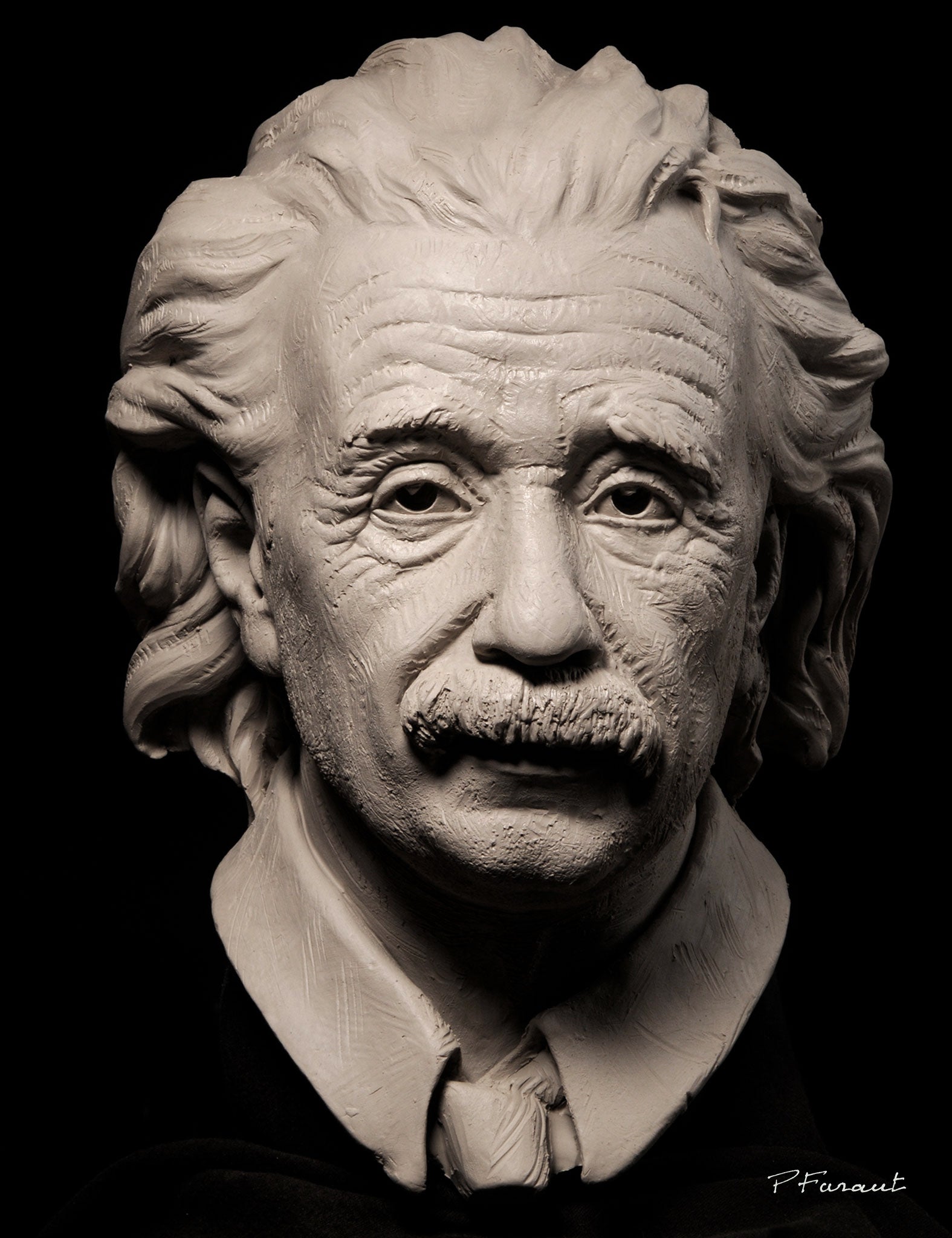The Advancement of Sculptures: From Old to Modern
The Advancement of Sculptures: From Old to Modern. Robert C Hitchcock Sculptor.
Sculpture, one of the oldest forms of art, has been an indispensable component of human world for millennia. From the ancient civilizations of Egypt and Greece to the contemporary period, sculptures have evolved, reflecting modifications in imaginative strategies, materials, and cultural influences. This journey via time traces the growth of sculptures, discovering the changes stylishly, subject matter, and imaginative expression.
Starting with the old globe, sculptures crafted from rock and later bronze caught the significance of divine beings, rulers, and everyday life. The Renaissance period experienced a resurgence of classical sculpting techniques, as musicians sought to replicate the elegant kinds of ancient Greek and Roman sculptures (Robert C Hitchcock Sculptor). In the contemporary era, artists tested traditional borders, embracing abstraction and experimentation with new materials
This expedition will certainly look into the diverse advancement of sculptures, revealing the rich tapestry of imaginative expression throughout various durations and societies.

Ancient Sculptures: From Rock to Bronze
Old sculptures transitioned from being sculpted out of rock to being cast in bronze. Rock sculptures, while outstanding in their very own right, were restricted by the nature of the product. Bronze Sculptures.
The intro of bronze as a tool for sculptures produced a change in creative expression. Bronze supplied sculptors the possibility to create realistic and detailed forms that were not possible with stone. The process of casting bronze enabled the production of several copies of a sculpture, enabling wider distribution and conservation of these creative masterpieces.
The transition from stone to bronze also saw a shift in the subject of sculptures. While rock sculptures mainly portrayed gods, sirens, and mythological numbers, bronze sculptures began to reflect a more comprehensive variety of subjects, including everyday people and pets. This expansion of subject showcased the convenience and versatility of the bronze tool.
Renaissance Revival: Sculpting in the Timeless Style
The Renaissance rebirth of sculpture saw a rebirth in the classic style, building upon the improvements made throughout the shift from stone to bronze in ancient sculptures. During this period, artists looked for to recreate the timeless visual and suitables of beauty that prevailed in old Greek and Roman sculptures.
One of the vital features of the Renaissance revival was the focus on naturalism and the human form. Sculptors like Donatello and Michelangelo strove to record the physiological details and expressions of their topics with unprecedented precision. They researched the body and included their observations right into their sculptures, causing practical and natural representations.
An additional vital facet of the Renaissance revival was the expedition of viewpoint and depth. Musicians used techniques such as contrapposto, where the weight of the body is shifted away, creating a feeling of movement and dynamism. They additionally try out various products, including marble and bronze, to achieve a degree of class and intricacy in their sculptures.

Innovation and the Avant-Garde: Breaking Traditional Limits
Throughout the Modernism and Avant-Garde activities, sculptors pushed the borders of conventional imaginative conventions. This period, which arised in the late 19th and early 20th centuries, saw a significant shift in the means musicians approached sculpture. Denying the notion of art as simple replica, modernist sculptors looked for to explore brand-new forms, materials, and ideas.
Among the key attributes of modernist sculpture was the focus on abstraction. Artists relocated far from realistic depictions and rather concentrated on recording the essence of the topic via simplified forms and geometric shapes. This departure from standard depiction permitted musicians to express their emotions and ideas in a more individual and subjective way.

Contemporary Sculptures: Discovering New Products and Concepts
With an emphasis on discovering new materials and concepts, contemporary sculptures have reinvented the area of art. Artists today are pressing the limits of typical sculpture by exploring and using ingenious products with abstract ideas. These sculptures challenge traditional concepts of type, materiality, and significance, inviting customers to participate in a thought-provoking and new artistic experience.
Contemporary sculptors are welcoming a wide variety of products, including plastic, glass, metal, and even natural issue. They are not limited to the conventional medium of stone or clay, enabling greater civil liberty and trial and error. This change in the direction of unconventional products go has opened up brand-new opportunities for artists to develop sculptures that are vibrant, interactive, and visually striking.
In enhancement to discovering new products, modern sculptures also explore complex and abstract concepts. Musicians are now exploring themes such as identification, social concerns, and the atmosphere, using sculpture as an effective medium for social discourse and self-contemplation. These sculptures test viewers to assume critically and involve with art on a deeper degree, stimulating discussions and provoking emotional actions.
Worldwide Impacts: Sculptural Customs From Around The Globe
Sculptural practices from different regions of the world have actually significantly shaped the evolution of sculptures throughout background. The global impacts on sculpture have varied and have actually added to the richness and selection of creative expressions. From the ancient worlds of Egypt, Greece, and Rome to the complex carvings of Eastern cultures, each area has created its distinct sculptural practices that have affected musicians across time.
In old Egypt, sculptures were created mainly for funerary and religious objectives. The renowned sculptures of gods and pharaohs, such as the Great Sphinx and the bust of Queen Nefertiti, showcase the Egyptians' mastery of rock sculpting and their belief in the afterlife.

In ancient Rome, sculpture offered both political and artistic functions. Roman sculptures frequently depicted emperors, generals, and mythological numbers, mirroring the power and grandeur of the empire. The marble sculpture of Augustus of Prima Porta and the huge Arc of Constantine are notable examples of Roman sculptural accomplishments.
Eastern sculptural practices, specifically in India, China, and Japan, have also had a profound effect on the development of sculptures. Indian sculptures, such as the delicately sculpted holy places of Khajuraho and the enormous statuaries of Buddha, exhibit an abundant blend of spiritual, mythical, and architectural elements. Chinese sculptures, characterized by their fine craftsmanship and attention to detail, frequently depict deities, animals, and epic figures. Japanese sculptures, influenced by Buddhism, highlight simplicity and serenity, seen in the peaceful sculptures of Buddha and the stylish art of bonsai.
The international impacts on sculpture continue to evolve in the modern-day era. As we look to the future, it is particular that the worldwide impacts on sculpture will proceed to shape and redefine this old art type.
Verdict
Finally, the evolution of sculptures has actually seen a shift from old rock and bronze works to the timeless resurgence throughout the Renaissance. This was complied with by the splitting of conventional borders with innovation and the avant-garde motion. Today, contemporary sculptures check out brand-new materials and ideas, while also drawing ideas from worldwide sculptural practices. The journey of sculptures shows the ever-changing imaginative expressions and social influences throughout history.
From the old worlds of Egypt and Greece to the contemporary period, sculptures have progressed, showing modifications in imaginative techniques, materials, and cultural influences.Starting with the old globe, sculptures crafted from rock and later bronze captured the essence of deities, rulers, and daily life.Old sculptures transitioned from being sculpted out of rock to being cast in bronze. While rock sculptures predominantly portrayed gods, goddesses, and mythological figures, bronze sculptures began to show a more comprehensive array of topics, including daily people and animals.In verdict, the advancement of sculptures has actually seen a shift from ancient stone and bronze works to the classic resurgence throughout the Renaissance.